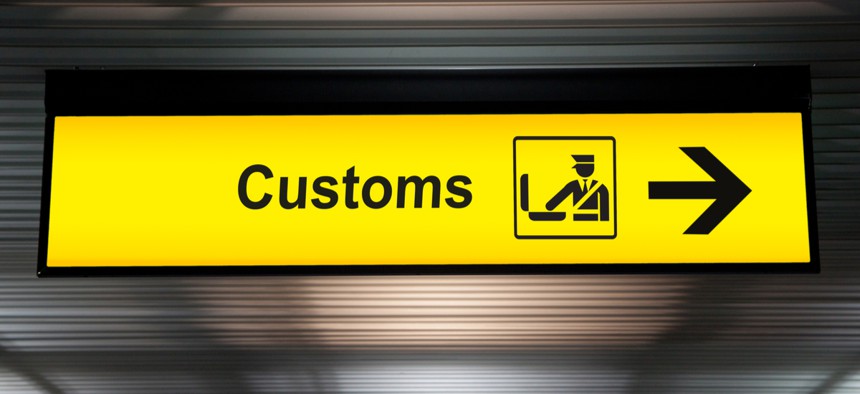CBP Approving ‘Potentially High-Risk’ People for Trusted Traveler Program

asiandelight/Shutterstock.com
The Homeland Security Department Inspector General found officers aren’t properly vetting applicants for the Global Entry program or checking their status at ports of entry.
A U.S. Customs and Border Protection program meant to speed up the entry process for “low-risk” international travelers is full of security gaps that could allow more dangerous people to come into the U.S., according to internal investigators.
Launched in 2008, the Global Entry program gives international travelers the opportunity to be vetted by CBP before they arrive in the U.S. Instead of waiting for an officer to review their travel documents at the airport, people participating in the program can use a self-service kiosk that automatically checks their background information against law enforcement databases.
As of June 2018, CBP had pre-approved more than 5.4 million people under the program, but the Homeland Security Department Inspector General said many of those people probably shouldn’t have gotten the thumbs up.
While the program itself relies heavily on tech, according to investigators, its shortcomings are almost entirely human.
“CBP’s controls over Global Entry do not always prevent ineligible and potentially high-risk Global Entry members from obtaining expedited entry into the United States,” auditors wrote in a redacted report published last week.
During the investigation, auditors found CBP officials often failed to follow required policies when vetting individuals to participate in Global Entry, and as a result, many people who should’ve set off red flags were able to fly under the radar. Between 2016 and 2017, CBP approved four people out of “a statistically valid random sample” who were ineligible to participate in the program based on prior criminal records, the report said.
After they check in at the kiosk, travelers are given a receipt that they then must show CBP, but auditors found officers frequently fail to check receipts. During tests at nine different airports, investigators found CBP allowed 231 Global Entry participants to enter the country without verifying their receipts. Many of the officers told investigators the process was too cumbersome and would slow down the flow of travelers through the airport.
“Unless CBP redesigns its Global Entry receipt authentication process to make it less complicated and easier for CBP officers to use, travelers with malicious intent may gain expedited entry using a fraudulent receipt,” auditors wrote.
The IG also found CBP didn’t sufficiently audit its vetting process or check that officers were following proper operating procedures for the program.
“Until CBP addresses the vulnerabilities we identified, individuals intending to do harm or carry out criminal activities may exploit Global Entry,” they said. While CBP agreed with all six of the IG’s recommendations, they added, agency officials insisted the program is not vulnerable to exploitation.
NEXT STORY: FCW Insider: July 1






